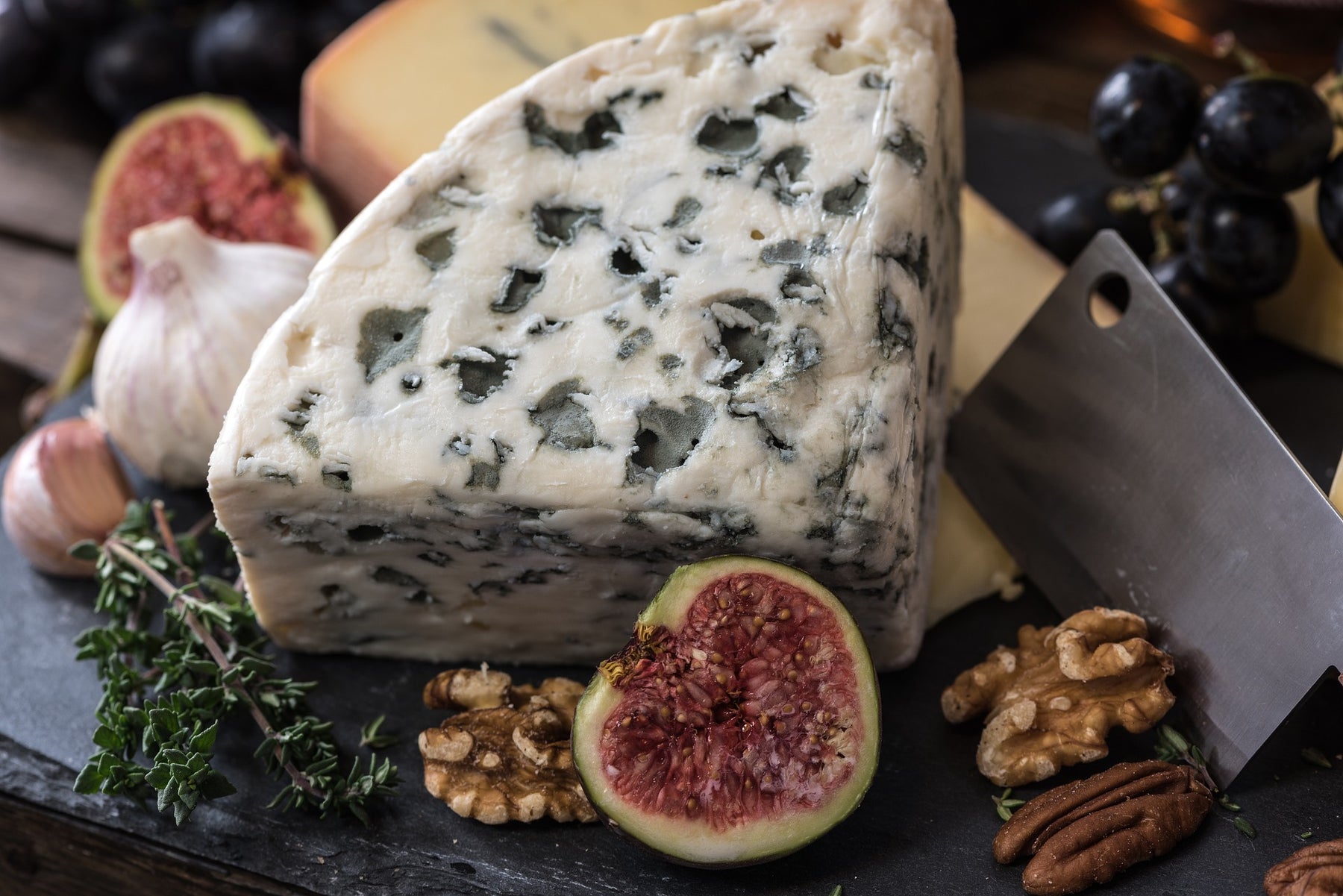
Everything you Wanted to Know About Blue Cheese
How do you know you're a cheese connoisseur?
When you're in a monthly cheese club, can create the perfect cheese platter, and can even list the fancy terms used to describe the vast array of cheese varieties.
But how much do you really know about your cheese? Sure, you can put together a delicious platter, beautifully arranged with a variety of cheeses, crackers, and condiments, but do you know the ins and outs of how each slice of delectable dairy came to be? If not, we're going to teach you everything you need to know about Blue Cheese!
Blue cheese (or rather, bleu cheese) is a very popular cheese around the world, with many countries and dairies creating their own unique take on the cheese. It is highly recognized for its pungent aroma, intense flavour, and veins of blue-mold.
However, this cheese's history is just as outstanding as it is delicious. So, grab a glass of wine and a wedge of cheese. We’re about to take a blast to the past!
Quick links:

The Legend of the Blue Cheese
The history of blue cheese dates all the way back to the 7th century.
However, there is one story that makes it so unique. It’s believed that a young shepherd was in a cave enjoying some milk curds and bread for lunch.
He had to leave his lunch behind to tend to his lover, and when he returned a couple of months later, his lunch was still there.
Why not continue to eat it, despite finding blue flecks of mould covering his cheese, right? He hesitantly took a bite, and to his astonishment, his mouldy cheese tasted even more delicious than before.
And that’s the legend of how blue cheese came to be what we know today!
Now, some argue that this can’t possibly be how Blue Cheese was first discovered.
But whether or not that particular legend is true, someone out there decided to eat a mouldy piece of cheese - and our palates are thankful for their risk-taking taste buds!
It's all about the mold
Inarguably, it’s obviously the mold that makes blue cheese so unique.
Based on the legend, the mold growing naturally in the cave, and ultimately on the young shepherds cheese is called “penicillium roqueforti”. Some cheese makers around the world still produce blue cheese the authentic way - in caves where the mold grows naturally. This is common in France, and you can even take a tour of them.
However, it didn’t take long for the majority of the world to take a more modern approach to producing moldy blue cheese. In today's era, the mould is typically injected into the cheese, instead of letting it grow naturally. This is said to provide more consistency throughout each piece.
but it gets more interesting...
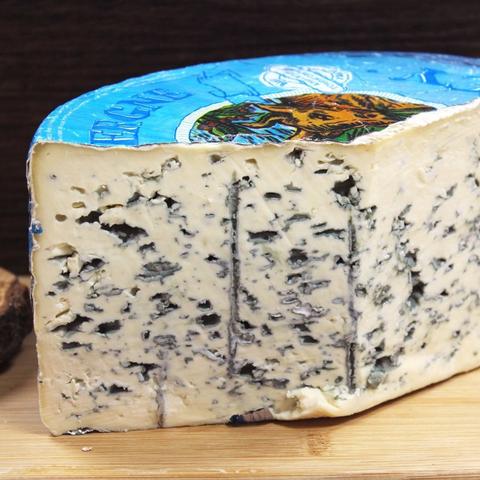
In order for the cheese to grow mold, oxygen is injected sporadically throughout each wheel.
The mold then grows inside of the created air tunnels of the cheese, which develops the cheese's distinctive flavour and blue veins as it ages.
Uniquely, despite many cheese makers adapting to the modern approach of injecting the mold, the aging process still commonly occurs in limestone caves.
So, blue cheese still has a bit of tradition and history within every bite, which is pretty tasty!
What about the cheese?
We can’t talk about the history of blue cheese without talking about the actual cheese itself.
Blue cheese is made from ewe’s milk, goat's milk, or cow’s milk, and it’s highly recognized for being one of the world’s finest cheeses. Throughout the years, people have perfected different flavours, textures, and aromas, offering a vast selection of blue cheeses available across the world.
However, one thing is for sure, to varying degrees, all blue cheeses are sharp, salty, pungent, and incredibly delicious!
It might take some time for you to acquire a taste for moldy blue cheese, but once you do, you’ll be hooked.
Is Blue Cheese dangerous?
No! It is perfectly safe to eat. The mold that grows as the cheese matures is a variety called Penicillium roqueforti, from the same family that the antibiotic Penicillin is made from.
Unlike other molds, this variety does not produce toxins, and is perfectly safe for people to consume. If you are pregnant, however, it's best to avoid any unpasteurized cheeses, including unpasteurized Blue Cheese.
Whether naturally or through injection, when these safe Penicillin varieties come in contact with cheese, enzymes are produced that break down the protein in the cheese. This helps give the cheese its creamy texture.
Try some for yourself!
Whether you're new to Blue Cheese and want to expand your taste for it, or are a seasoned Blue Cheese connoisseur, we have a delicious selection for you to try.
Not sure where to begin? Let our cheese experts choose a complementary selection of cheeses for you with our Blue Cheese Sampler.
Browse our extensive selection of Blue Cheeses, or try some of our favourites below!

Fourme d'Ambert Cheese - often referred to as the "connoisseur's blue cheese", this special blue is not as strong as other blue cheese varieties, such as Roquefort. This makes Fourme d'Ambert a great choice for those new to blue cheese or for those who prefer a milder flavour.
Fourme d'Ambert features a strong, fruity aroma, and a smooth, rich, and creamy texture. Flavours of butter and cream are characteristic of this cheese.
Shropshire Blue Cheese - Shropshire Blue Cheese is a semi-firm blue cheese, with a flavour similar to a combination of Stilton and Cheshire. It is recognized easily by its characteristic orange colour and orange/brown rind.
Those familiar with Stilton will notice that although similar, the Shropshire Blue is a bit sharper, softer, and creamier.
Gorgonzola Cheese - this is a soft cheese, with a creamy, crumbly texture. It also features a sharp yet sweet flavour, with hints of nuts.
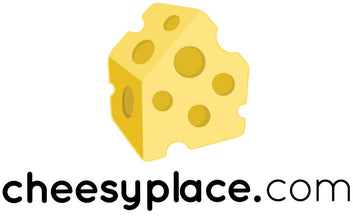
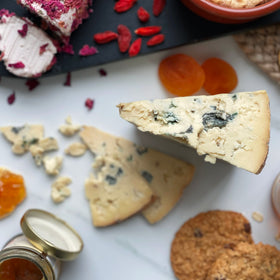
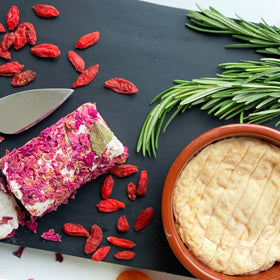
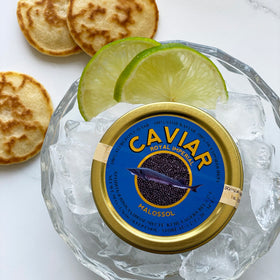

Leave a comment